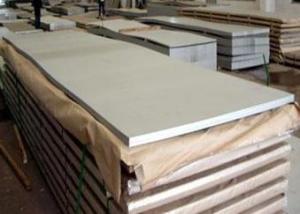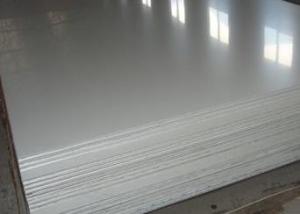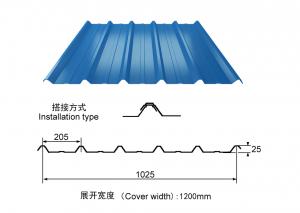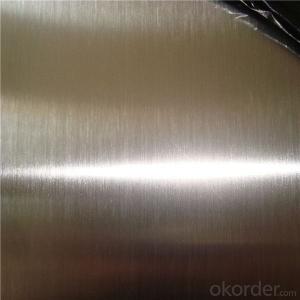309S Stainless Steel Sheet
- Loading Port:
- China Main Port
- Payment Terms:
- TT or LC
- Min Order Qty:
- 1 Ton m.t.
- Supply Capability:
- 1000 Tons Per Month m.t./month
OKorder Service Pledge
OKorder Financial Service
You Might Also Like
309S stainless steel sheet
1. Chemical composition
|
C |
Si |
Mn |
P |
S |
Ni |
Cr |
|
0.08 |
max1.00 |
Max2.00 |
max0.045 |
max0.03 |
12.0-15.0 |
22.0.00-24.00 |
2. Mechanical properties
|
Yield Strength |
Tensile |
Elongation |
Hardness (HV) |
Hardness (HRB) |
|
≥205 |
≥520 |
≥ 40 |
≥200 |
≥90 |
3. Standard: AISI, ASTM, GB, EN, DIN, JIS
4. Surface: 2B, NO.1, BA, NO.4, Hairline, SB, Mirror finish, Anti-skid, Cherkered etc.
5. Size: Thickness: 0.3-3mm (cold rolled), 3-40mm (hot rolled)
Width: 1000mm or 1219mm or 1240mm for cold rolled, 1500mm for hot rolled.
Length: As customers' request.
6. MOQ: 1 Ton
7. Payment terms: T/T or L/C
8. Packing: Seaworthy package with wooden or Iron pallets with the paper and the steel strip, or as customers' request.
9. Delivery time: Usually about 7 days after we confirming the order, or according to your quantity.
If you have any question or demand, pls feel free to contact me.
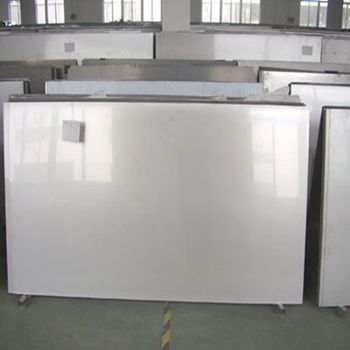
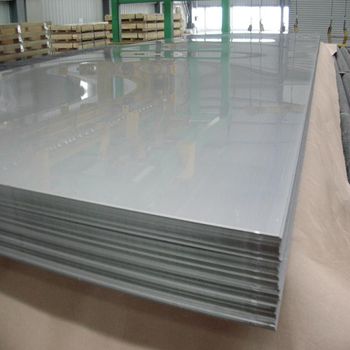
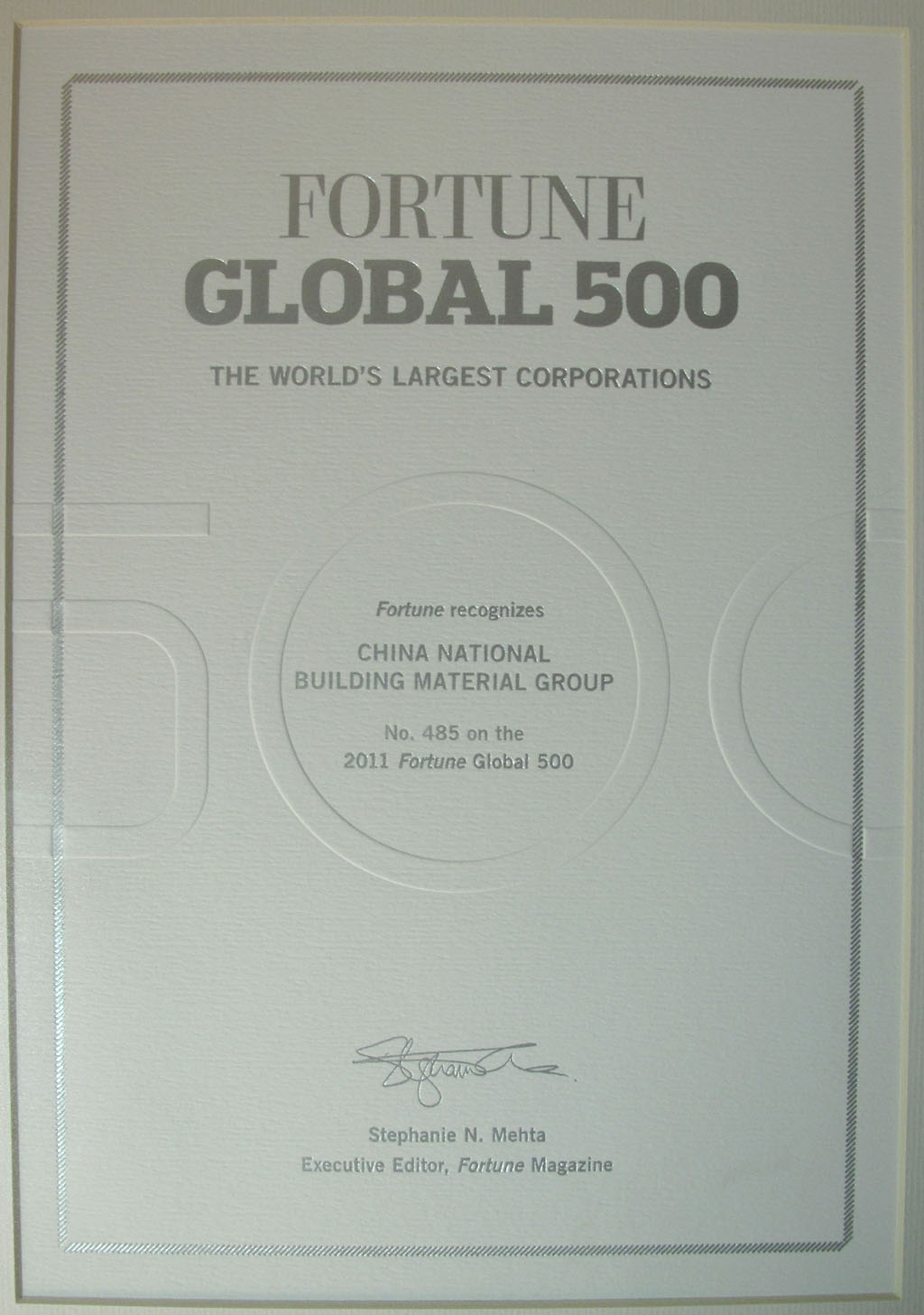
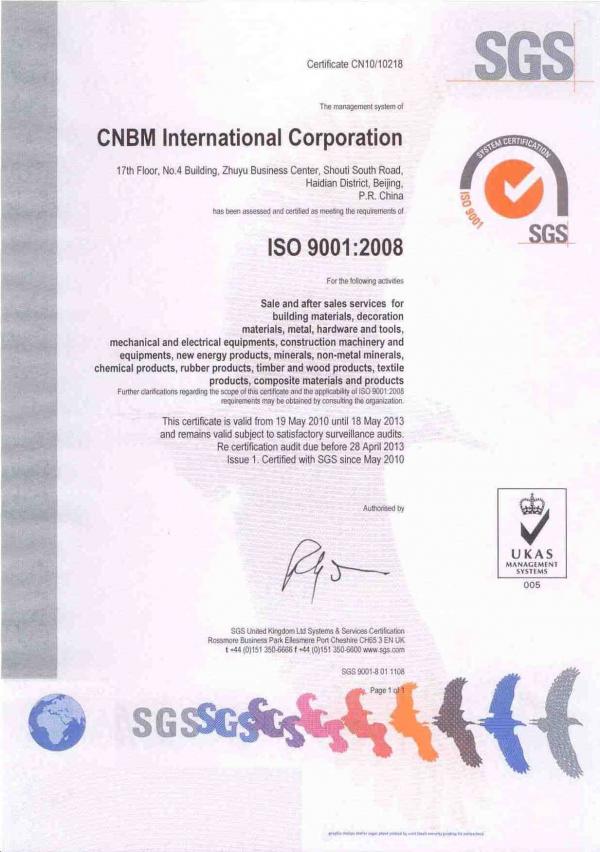
- Q: Are stainless steel strips resistant to nitric acid?
- Stainless steel strips are typically resistant to nitric acid. Renowned for its exceptional corrosion resistance, stainless steel shows commendable resilience against various acids, including nitric acid. Nevertheless, the degree of resistance may fluctuate based on the particular grade or alloy of stainless steel employed, alongside the nitric acid's concentration and temperature. It is highly advisable to seek guidance from the stainless steel manufacturer or supplier for precise details regarding their products' resistance to nitric acid in your specific application.
- Q: How do stainless steel strips perform in cryogenic environments?
- Stainless steel strips are known for their exceptional performance in cryogenic environments. Due to their unique composition and properties, stainless steel strips exhibit excellent resistance to extreme low temperatures. At cryogenic temperatures, stainless steel strips retain their strength, toughness, and corrosion resistance, making them highly suitable for use in various applications. The inherent stability of stainless steel allows it to maintain its mechanical properties even under extreme cold conditions, preventing brittleness or cracking that can compromise its structural integrity. Stainless steel's resistance to corrosion is particularly advantageous in cryogenic environments, where moisture and other corrosive elements may be present. The passive oxide layer formed on the surface of stainless steel helps protect it from chemical reactions and oxidation, ensuring durability and longevity in cryogenic applications. Additionally, stainless steel strips offer good thermal conductivity, allowing for efficient heat transfer in cryogenic systems. This can be beneficial in applications such as cryogenic storage tanks, where maintaining the temperature of the stored materials is crucial. Overall, stainless steel strips demonstrate excellent performance in cryogenic environments, combining strength, toughness, corrosion resistance, and thermal conductivity. These properties make stainless steel a preferred choice in various industries, including aerospace, energy, medical, and research, where cryogenic conditions are prevalent.
- Q: How do you measure the thickness of stainless steel strips?
- Depending on the level of accuracy and precision needed, there are several methods available for measuring the thickness of stainless steel strips. Here are a few commonly employed techniques: 1. Utilizing calipers: For a straightforward and easily accessible approach, calipers are an ideal tool. To measure the thickness, employ a digital or vernier caliper with fine jaws to determine the distance between the strip's opposing surfaces. For accurate readings, it is crucial to ensure that the caliper is perpendicular to the strip. 2. Implementing a micrometer: When a higher level of precision is required, a micrometer is the instrument of choice. Comprised of a calibrated screw mechanism and anvil, the micrometer should be used by placing the strip between the anvil and the spindle and tightening the screw until it is snug. The thickness can then be read on the micrometer barrel. 3. Employing an ultrasonic thickness gauge: This method, which does not cause any damage to the material being measured, employs sound waves to determine thickness. By sending high-frequency sound pulses through the strip and calculating the time it takes for the echo to return, the thickness can be accurately determined. Ultrasonic thickness gauges are particularly suitable for measuring thicker strips. 4. Utilizing an optical profilometer: This advanced technique involves the use of a laser or light source to analyze variations in height on the surface of the strip. By scanning the strip with an optical profiler, the thickness can be accurately measured by calculating the differences in height. It is important to consider the range of thickness, accuracy requirements, and availability of equipment when selecting a measurement method. In cases where precision is of utmost importance, it is advisable to either use a combination of methods or seek the assistance of a professional to ensure accurate measurements.
- Q: How do you determine the weight of a stainless steel strip?
- In order to determine the weight of a stainless steel strip, two key factors must be taken into account: the dimensions of the strip and the density of stainless steel. To start, utilize a ruler or calipers to accurately measure the length, width, and thickness of the stainless steel strip. It is crucial to ensure that all measurements are in the same unit, such as inches or millimeters. Next, ascertain the density of stainless steel, which is typically approximately 7.93 grams per cubic centimeter or 7930 kilograms per cubic meter. However, it is important to note that this value may slightly vary depending on the specific grade and composition of the stainless steel. Following this, the weight of the stainless steel strip can be calculated using the following formula: Weight = Length x Width x Thickness x Density If the measurements are in inches, be sure to convert them to the appropriate unit for density, such as cubic centimeters. Similarly, if the measurements are in millimeters, convert them to meters before multiplying by the density. After completing the necessary calculations, the weight of the stainless steel strip will be determined in grams or kilograms, depending on the unit of density utilized. Additionally, remember to consider any additional factors that may impact the weight, such as the presence of coatings or surface finishes, as they can contribute to the overall weight of the strip.
- Q: What are the recommended cleaning agents for 111 stainless steel strips?
- Depending on the specific requirements and conditions of the stainless steel strips, the choice of cleaning agents recommended for 111 stainless steel strips may vary. However, there are some commonly suggested options for cleaning stainless steel, such as mild soap or detergent, non-abrasive cleaners, and specialized stainless steel cleaners. For regular cleaning of stainless steel strips, it is usually sufficient to use a mild soap or detergent along with warm water. This solution can be gently applied to the surface using a soft cloth or sponge. It is crucial to avoid using abrasive cleaners that contain bleach or chlorine, as they can harm the finish of the stainless steel. In case of tougher stains or stubborn dirt, non-abrasive cleaners specifically designed for stainless steel can be utilized. These cleaners are typically available in spray or liquid form and can be applied to the surface and wiped off with a clean cloth. It is essential to carefully follow the instructions provided by the manufacturer of the specific cleaner being used. Furthermore, there are specialized stainless steel cleaners available in the market that are formulated to eliminate fingerprints, smudges, and other marks from stainless steel surfaces. These cleaners are often available as sprays or wipes and can be used as needed to maintain the appearance of the stainless steel strips. It is always advisable to test any cleaning agent on a small and inconspicuous area of the stainless steel strips before applying it to the entire surface. This precaution ensures that the cleaning agent does not cause any damage or discoloration to the stainless steel. Additionally, it is important to adhere to the manufacturer's instructions for both the cleaning agents and the stainless steel strips to achieve optimal cleaning results and prevent any surface damage.
- Q: Can stainless steel strips be plated or coated with other metals?
- Yes, stainless steel strips can be plated or coated with other metals. The process of plating or coating involves applying a thin layer of another metal onto the surface of the stainless steel strip. This is typically done through electroplating, where the stainless steel strip is immersed in a solution containing the metal ions that will be plated onto it. An electric current is then passed through the solution, causing the metal ions to bond to the surface of the stainless steel strip. There are several reasons why stainless steel strips may be plated or coated with other metals. One reason is to enhance the appearance of the stainless steel strip. For example, stainless steel strips can be plated with metals like gold or silver to give them a more luxurious or decorative finish. Another reason for plating or coating stainless steel strips is to improve their corrosion resistance. While stainless steel is already highly resistant to corrosion, certain plating or coating materials can provide an additional layer of protection against corrosion in specific environments. For example, stainless steel strips can be coated with zinc to create galvanized steel, which has enhanced corrosion resistance. Additionally, plating or coating stainless steel strips with other metals can also provide functional benefits. For example, stainless steel strips can be coated with materials like nickel or chromium to improve their hardness or wear resistance. This can be particularly useful in applications where the stainless steel strip will be subjected to heavy use or abrasion. In summary, stainless steel strips can be plated or coated with other metals to enhance their appearance, improve their corrosion resistance, or provide functional benefits like increased hardness or wear resistance. The plating or coating process involves applying a thin layer of another metal onto the surface of the stainless steel strip through electroplating.
- Q: Are stainless steel strips resistant to scaling at high temperatures?
- Yes, stainless steel strips are generally resistant to scaling at high temperatures. Stainless steel is known for its excellent resistance to oxidation and corrosion, making it suitable for use in high-temperature applications. The presence of chromium in stainless steel forms a protective layer of chromium oxide on the surface, which acts as a barrier against scaling, even at elevated temperatures. This oxide layer prevents the metal from reacting with oxygen or other elements in the environment, thus maintaining the integrity and appearance of the stainless steel strip. However, it is important to note that the specific grade and composition of stainless steel can affect its scaling resistance, so it is crucial to choose the appropriate grade for the intended temperature range.
- Q: How does stainless steel strip perform in corrosive environments?
- Stainless steel strip excels in corrosive settings, showcasing exceptional performance. Its elevated chromium content prompts the formation of a safeguarding oxide layer on its surface upon exposure to oxygen, effectively thwarting further corrosion. This oxide layer acts as a shield against corrosive elements like moisture, chemicals, and saltwater, augmenting the stainless steel strip's resistance to corrosion. Moreover, stainless steel strip displays remarkable resistance to diverse acids, alkaline solutions, and organic compounds, rendering it an optimal choice for applications in industries like chemical processing, food processing, and marine environments. Its ability to resist pitting corrosion and crevice corrosion further enhances its efficacy in corrosive settings. Apart from its corrosion resistance, stainless steel strip also possesses other advantageous properties such as high strength, durability, and heat resistance, rendering it a dependable material for a wide array of applications. Whether employed in the production of equipment, components, or structures, stainless steel strip delivers enduring performance, even in demanding and corrosive conditions.
- Q: Can stainless steel strips be used in marine vessel construction?
- Yes, stainless steel strips can be used in marine vessel construction. Stainless steel is highly resistant to corrosion, making it an excellent choice for marine applications. It is able to withstand exposure to saltwater, which is highly corrosive, without rusting or deteriorating. Stainless steel strips can be used in various areas of a marine vessel, including the hull, deck, fittings, and equipment. Its durability, strength, and resistance to corrosion make it a reliable material for constructing marine vessels that can withstand the harsh conditions of the ocean.
- Q: How can 304 stainless steel and 201 stainless steel be distinguished by magnet?
- Magnets can basically distinguish between the two types of stainless steel. Because 201 stainless steel (chromium, stainless steel) in any state can be attracted by magnets; 304 stainless steel (chromium nickel stainless steel) in the annealing state is generally non-magnetic, and after cold processing, some will be magnetic. However, the manganese steel with high manganese content is non-magnetic; the magnetic properties of chromium, nickel and nitrogen stainless steel are more complex: some are non-magnetic, some are magnetic, some are without magnetism and the surface is magnetic. Therefore, although the basic difference between magnet chromium and chromium nickel stainless steel, but can not distinguish between some special properties, but not distinguish the concrete steel.
1. Manufacturer Overview
| Location | Wuxi,China |
| Year Established | 2000 |
| Annual Output Value | Above US$16 Million |
| Main Markets | Chinese, Europe,South Africa |
| Company Certifications | ISO9001:2000; |
2. Manufacturer Certificates
| a) Certification Name | |
| Range | |
| Reference | |
| Validity Period |
3. Manufacturer Capability
| a) Trade Capacity | |
| Nearest Port | Shanghai |
| Export Percentage | 30% |
| No.of Employees in Trade Department | 50 People |
| Language Spoken: | English;Chinese |
| b) Factory Information | |
| Factory Size: | Above 80,000 square meters |
| No. of Production Lines | Above 7 |
| Contract Manufacturing | OEM Service Offered;Design Service Offered |
| Product Price Range | Average |
Send your message to us
309S Stainless Steel Sheet
- Loading Port:
- China Main Port
- Payment Terms:
- TT or LC
- Min Order Qty:
- 1 Ton m.t.
- Supply Capability:
- 1000 Tons Per Month m.t./month
OKorder Service Pledge
OKorder Financial Service
Similar products
Hot products
Hot Searches
Related keywords
